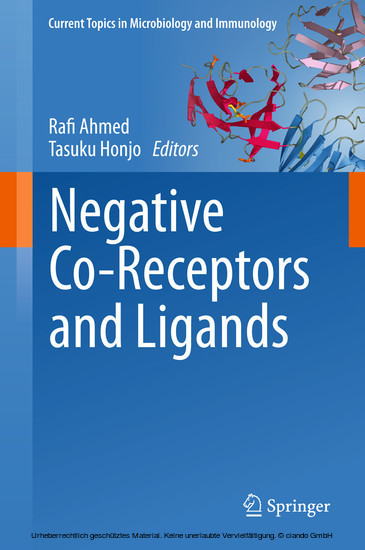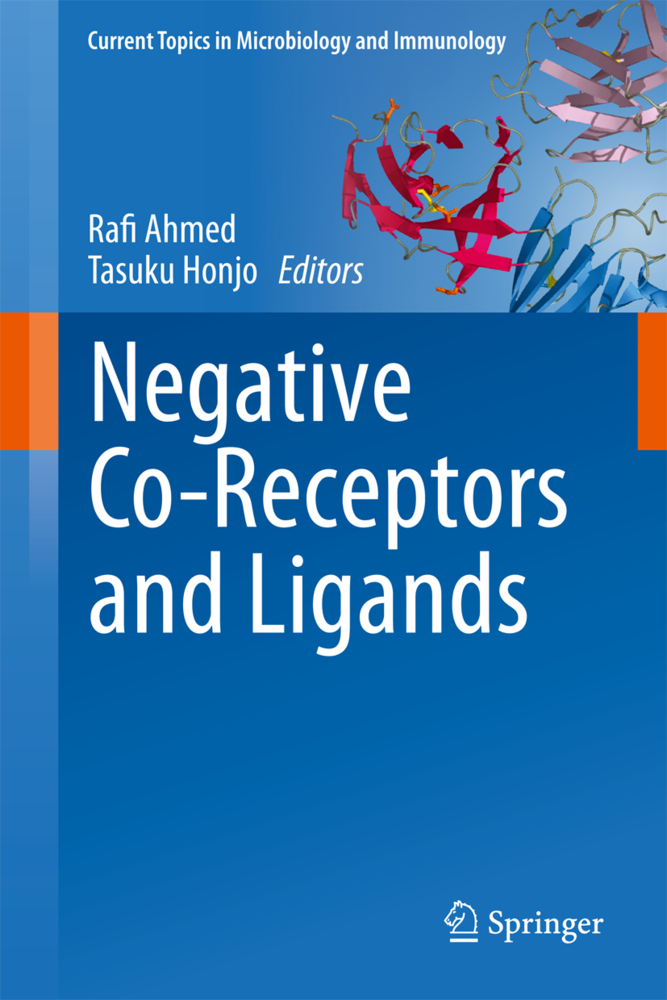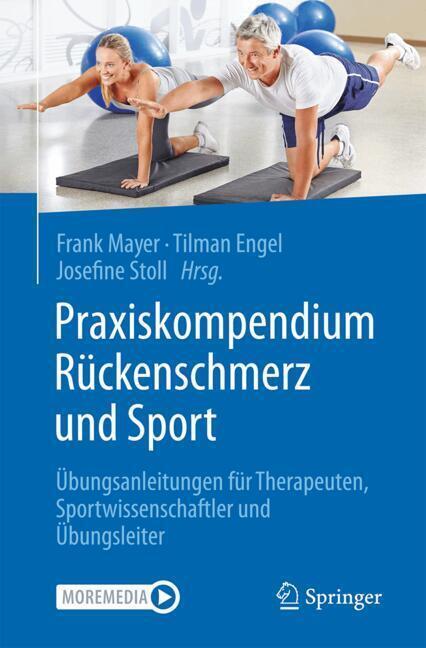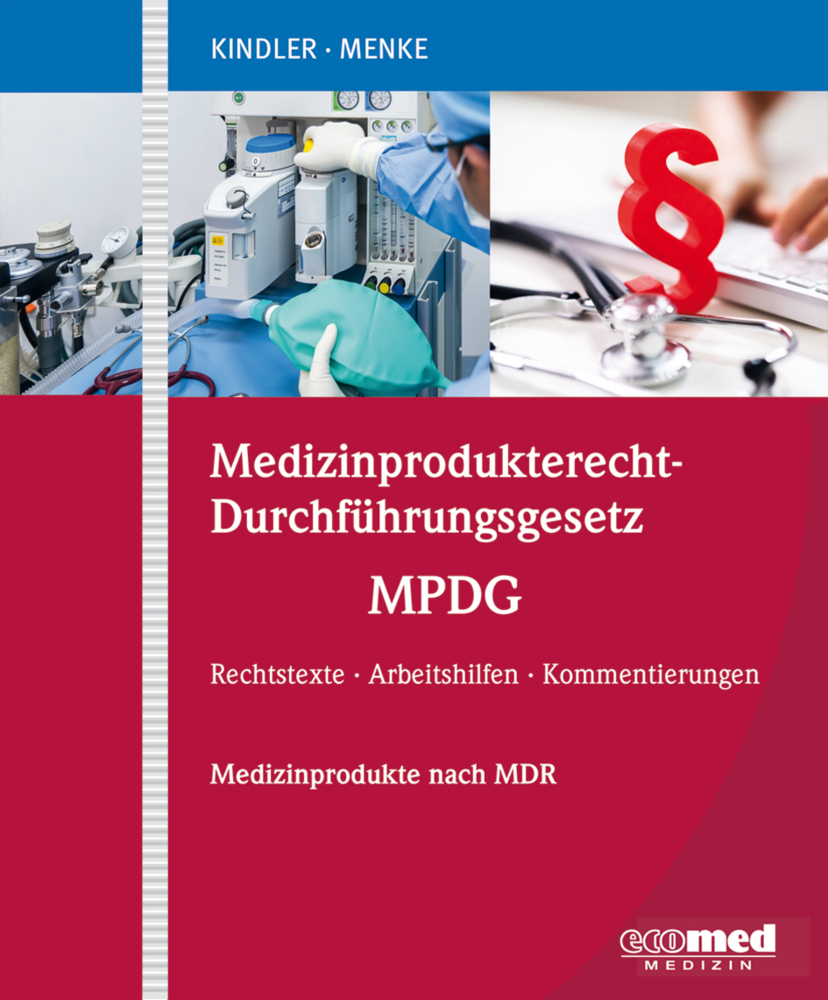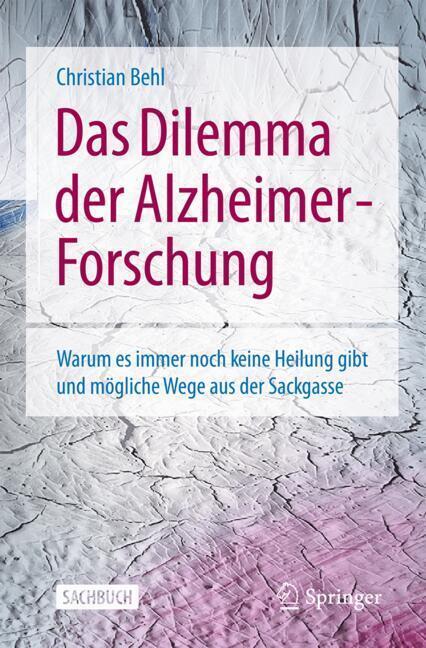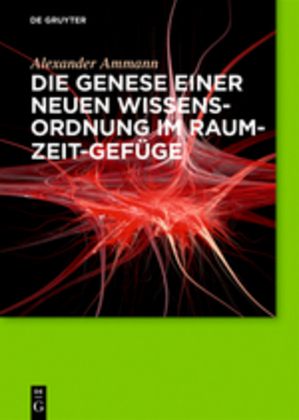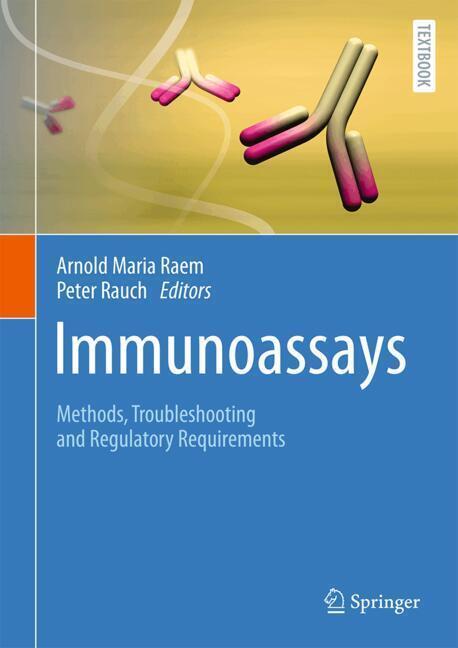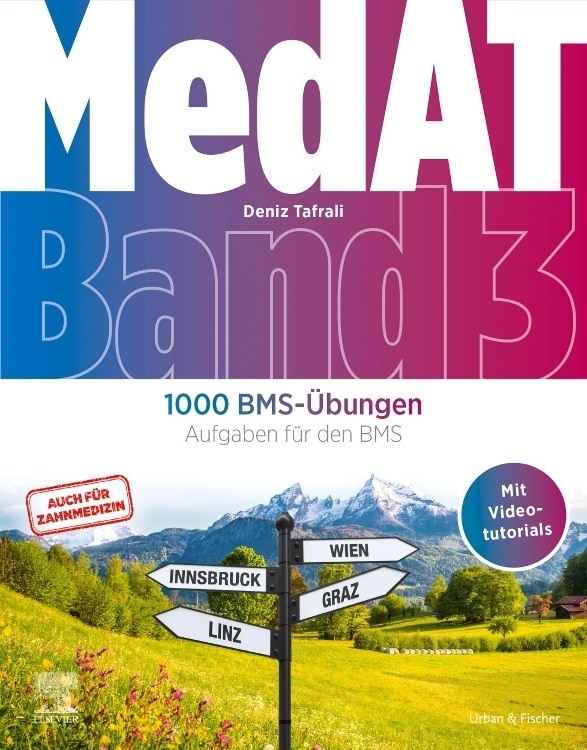Adaptive immune responses serve as a key defense mechanism for the control of infections in vertebrates. Immune responses must be of sufficient strength to contain invading pathogens, antigen specific responses require regulatory mechanisms to ensure termination or downmodulation to avoid excessive damage to the host tissue. For both branches of the adaptive immune system, regulatory molecules i.e. coreceptors and ligands have been identified that control the signaling cascades initiated by engagement of the T cell and B cell antigen receptors. This book describes biological functions as well as molecular mechanisms of these molecules.
1;Contents;6 2;Contributors;8 3;TIM-3 and Its Regulatory Role in Immune Responses;10 3.1;1 Introduction;11 3.2;2 Protein Structure;11 3.3;3 TIM-3 Ligands;13 3.3.1;3.1 Identification of Galectin-9 as a TIM-3 Ligand;13 3.3.2;3.2 Phosphatidylserine as a TIM-3 Ligand;14 3.3.3;3.3 Carbohydrate Ligands for TIM-3;15 3.4;4 Expression of TIM-3;15 3.4.1;4.1 Transcriptional Control of TIM-3 Expression;16 3.5;5 TIM-3 in Disease;16 3.5.1;5.1 Genetic Basis for Role of TIM-3 in Disease;16 3.6;6 TIM-3 in Autoimmune Diseases;17 3.6.1;6.1 TIM-3 in Chronic Viral Infection;18 3.6.2;6.2 TIM-3 in Other Diseases;20 3.7;7 Conclusions;20 3.8;References;21 4;Role of PD-1 in Regulating T-Cell Immunity;25 4.1;1 Identification of PD-1 and Its Ligands;26 4.2;2 Structure of PD-1 and Its Ligands;27 4.3;3 Regulation of PD-1 Expression;29 4.4;4 PD-1 Signaling: Molecular Mechanisms of Inhibition;30 4.5;5 Biological Significance of PD-1;32 4.5.1;5.1 PD-1 in Autoimmunity;32 4.5.2;5.2 PD-1 in Chronic Viral Infection;34 4.5.3;5.3 PD-1 in Antitumor Immunity;35 4.6;6 Conclusions;37 4.7;References;38 5;The Role of IL-10 in Regulating Immunity to Persistent Viral Infections;46 5.1;1 Introduction;47 5.1.1;1.1 Immune Dynamics During Acute and Persistent Virus Infection: The Failure of Antiviral Immunity;47 5.2;2 The Impact of Host-Based Regulatory Mechanisms in T Cell Exhaustion;49 5.2.1;2.1 Discovery That Host-Based Suppressive Factors Inhibit Clearance of Persistent Viral Infection;49 5.2.2;2.2 Multiple Regulatory Factors Suppress T Cell Responses During Viral Persistence;50 5.2.3;2.3 Differential Impact of Reversing T Cell Exhaustion During Viral Persistence;51 5.3;3 The Impact of IL-10 Toward Viral Persistence;52 5.3.1;3.1 The Diverse Roles of IL-10 During Viral Infection;52 5.3.2;3.2 Sources, Mechanisms, and Targets of IL-10 During Persistent Viral Infection;54 5.4;4 Targeting Immunosuppression: Potential Therapeutic Applications for Blocking IL-10;60 5.5;5 Past, Present, and Future;64 5.6;References;65 6;Inhibitory Ly49 Receptors on Mouse Natural Killer Cells;73 6.1;1 Introduction;74 6.2;2 Ly49 Haplotypes and Ligands;74 6.3;3 Inhibitory Signaling Events;80 6.4;4 Educational Impact of Ly49 Receptors on NK Cells;82 6.5;5 Inhibitory Ly49 Receptors and Viral Infections;84 6.6;6 Inhibitory Ly49 Receptors in Transplantation and Malignancy;85 6.7;7 Concluding Remarks;87 6.8;References;87 7;Immunoregulatory Roles for Fc Receptor-Like Molecules;94 7.1;1 Introduction;95 7.2;2 Identification of FCRL Molecules Reveals a New Level of B Cell Regulation;95 7.3;3 FCRL Structural Properties;96 7.4;4 FCRL Expression Patterns;99 7.5;5 FCRL Functional Properties;101 7.6;6 FCRL Involvement in Human Diseases;103 7.7;7 Concluding Remarks;105 7.8;References;106 8;FcgammaRs in Health and Disease;110 8.1;1 Introduction;111 8.2;2 The Family of Canonical Fcgamma-Receptors;112 8.3;3 Regulation of IgG Activity In Vivo;114 8.4;4 Influence of Antibody Glycosylation and Novel Fcgamma-Receptors;116 8.5;5 Role of FcgammaRs for Infection;118 8.6;6 Microbial Immune Escape Mechanisms Targeting the IgG-FcgammaR Interaction;121 8.7;7 Other Ligands for Fcgamma-Receptors;122 8.8;8 Conclusions;123 8.9;References;124 9;TGF-beta Function in Immune Suppression;131 9.1;1 Introduction;132 9.2;2 TGF-beta and Signal Transduction;132 9.3;3 How TGF-beta Inhibits Immune Responses;133 9.4;4 Induction and Regulation of Treg-Differentiation by TGF-beta;135 9.5;5 Molecular Mechanism of Foxp3 Induction by TGF-beta;137 9.6;6 TGF-beta and Th17 Differentiation;138 9.7;7 Regulation of Effector Th-Differentiation by TGF-beta;139 9.8;8 Treg Is a Major Source of Pro-TGF-beta, and TGF-beta Is One of the Effector Molecules of Tregs;139 9.9;9 Smad-Dependent and Smad-Independent Regulation of Th Differentiation by TGF-beta;140 9.10;10 Smad-Mediated Suppression of the Cytokine Production;142 9.11;11 Reciprocal Regulation of TGF-beta Signaling and IFN-gamma Signaling;143 9.12;12 Conclusions;144 9.13;References;145 10;Index;152
| ISBN | 9783642195457 |
|---|---|
| Artikelnummer | 9783642195457 |
| Medientyp | E-Book - PDF |
| Auflage | 2. Aufl. |
| Copyrightjahr | 2011 |
| Verlag | Springer-Verlag |
| Umfang | 152 Seiten |
| Sprache | Englisch |
| Kopierschutz | Digitales Wasserzeichen |

